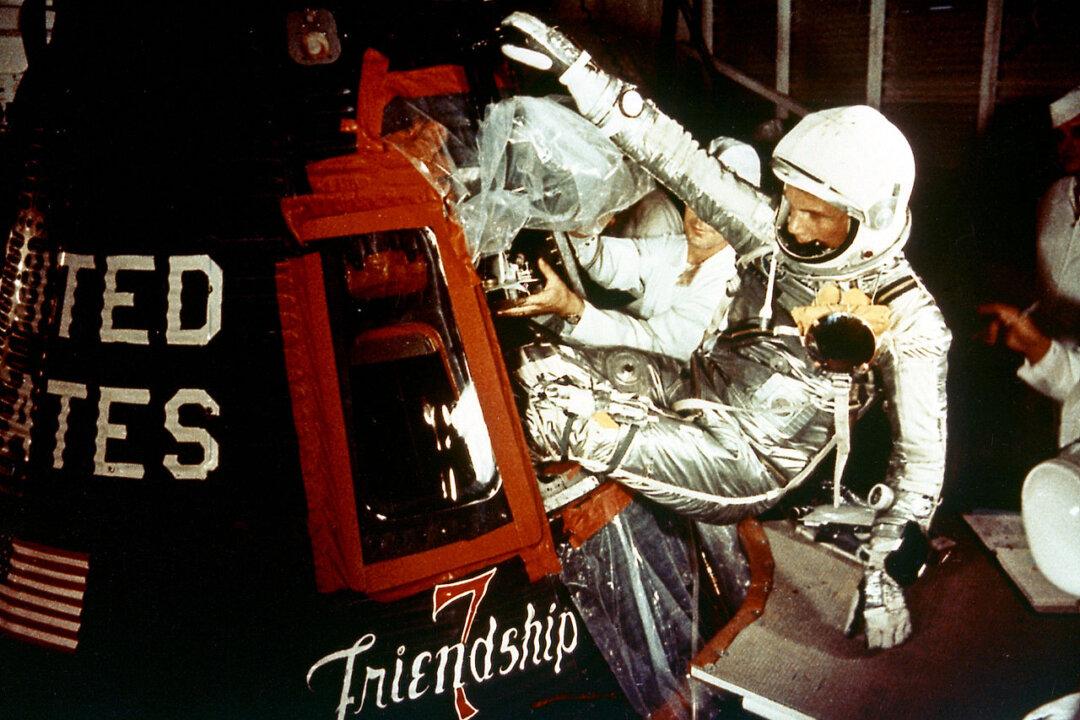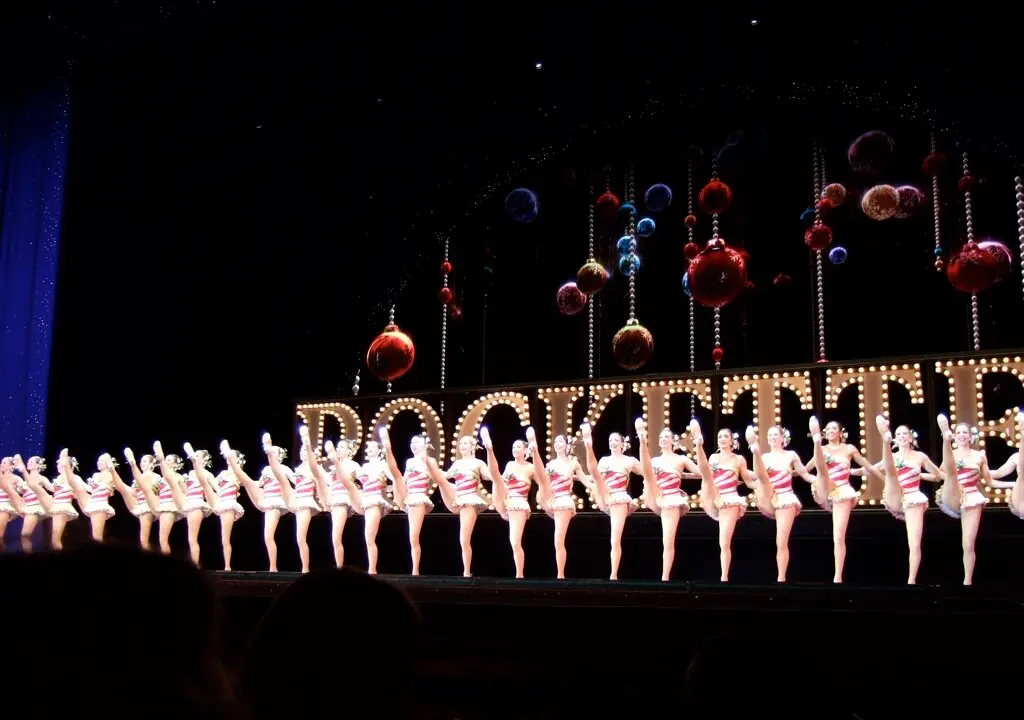In 1952, scientists from around the globe agreed to conduct an international effort to study the Earth, its atmosphere and poles, and its interactions with the sun in what they called the International Geophysical Year (IGY). The IGY would begin on July 1, 1957 and end Dec. 31, 1958. With America and the Soviet Union facing off in the Cold War, they would inevitably lead the charge as the IGY approached.
In 1955, construction for a cosmodrome secretly began near the city of Baikonur within the Soviet republic of Kazakhstan. Three months into the IGY and with construction finally complete, the Soviets made the first move. On Oct. 4, 1957, a metal sphere the size of a basketball and weighing 187 pounds called Sputnik 1 was attached to a rocket and launched into orbit. It was the first artificial satellite to orbit the Earth, and it did so for three months, traversing more than 43 million miles at a pace of 18,000 mph. A month after launch, a dog was placed inside Sputnik 2 and sent into orbit. The Americans, shocked into immediate action, attempted to send a satellite called Vanguard into orbit on Dec. 6, 1957. The result of the launch would be heralded by the press as “Kaputnik,” as the satellite reached about four feet into the air before its rocket’s main engine lost thrust, causing it to fall backward into a massive explosion.






